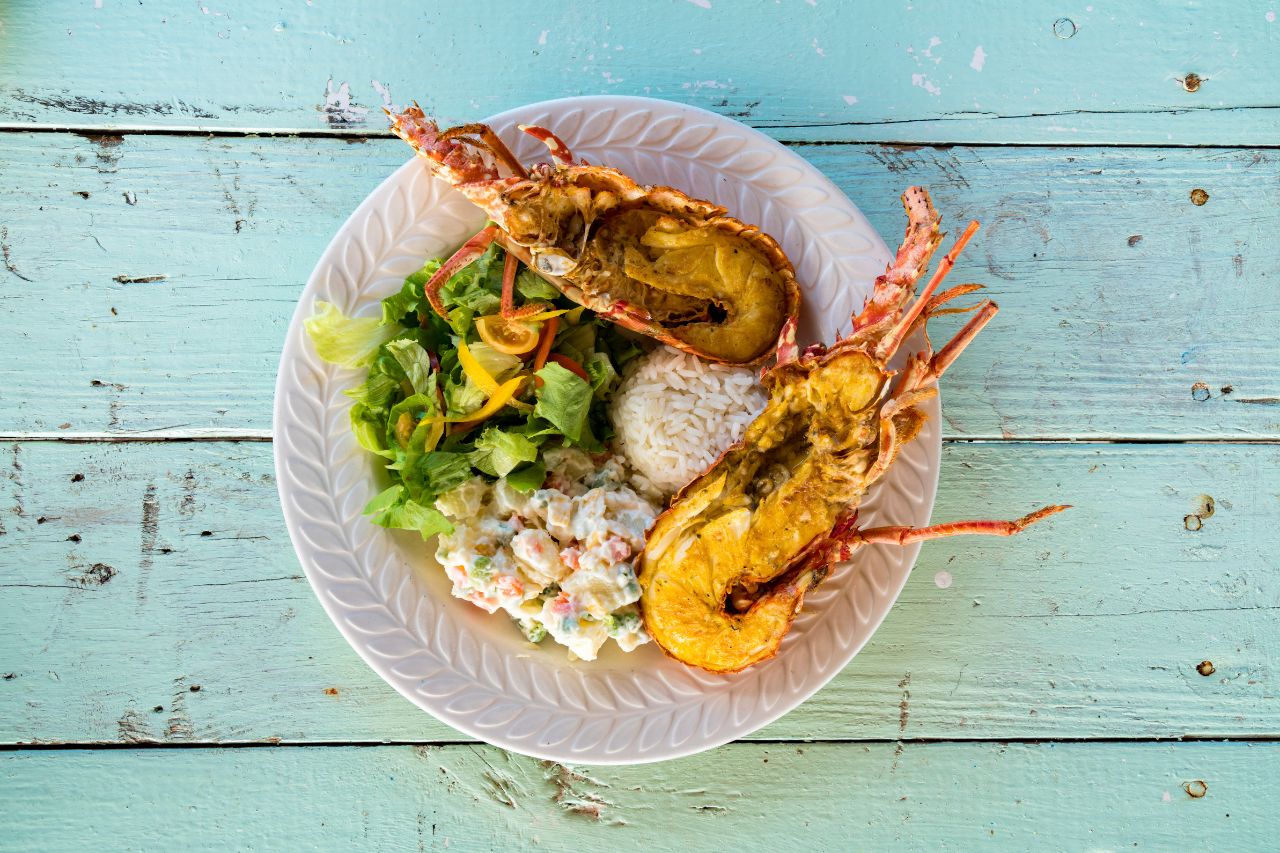
When you think of Nova Scotian cuisine, what comes to mind? Is it lobster bisque? Or maybe even beer-battered fish and chips? All are true, but what’s missing is the rich history behind some of Nova Scotia’s favourite foods. We’re talking about delicious chow chow, boiled dinner, salt cod and savoury cornbread. These dishes (and many more) are rooted in Black history. Canada’s food culture has benefited from the contributions of Black migrants since the early days of British colonization. African and Caribbean migrants have settled in major cities like Toronto and Montreal, while also creating communities in smaller cities like Halifax and St. John’s. The impact of Black food culture has even led to country-wide movements like the controversial history of Toronto’s Jamaican patty.
In order to understand what this impact looks like, we need to dive deep into Canada’s history of African and Caribbean migration. Looking as far back as the American revolution up until the present day. What brought Black migrants to Canada? How did the food culture grow? Let’s find out.
Related: Tre Sanderson and Roger Mooking on Being Black in Hospitality

Pexels
The migration of free Black people
During the the slave trade era in the United States, Black people fleeing enslavement found refuge in Canadian cities. At the time, British colonialists in Canada promised safe settlement for Black refugees on the condition that they would aid Britain in the American Revolution. From this, a large Black settlement developed in Digby, Nova Scotia with over 3,000 Black loyalists by the late 1700s. While these new migrants did receive residency, it was met with disapproval from locals. The land provided to those who helped aid Britain was much smaller and infertile in contrast to their white neighbours. This made it difficult to farm most things aside from potatoes and yams.
Despite these challenges, the Black community in Nova Scotia was growing. Jamaican Maroons arrived in 1796, bringing with them a new layer of food culture to Nova Scotia. Dishes like salt cod and baked yellow-eyed beans started popping up everywhere in local restaurants. Around this time, exports of Canadian cod to Jamaica led to the popularity of a common dish known as the Jamaican breakfast: salt cod and ackee. Soon after the American Revolution, the War of 1812 began – bringing another wave of Black migrants, this time from Barbados. Bajan migrants were encouraged to immigrate to Canada to work in steel mills supporting the war effort. By the early 1900s, a large Bajan community started to grow in Cape Breton with new and exciting flavours adding to the rich Black history already present in Nova Scotia. Traditional dishes like green tomato chow chow and fish cakes became popular across the province.
The emergence of Africville
During the great migration of Black people from the Caribbean and US, a pocket community emerged in the city of Halifax: Africville – a central part of Black Nova Scotian culture – was growing. Like many other growing Black townships, Africville became a flourishing community – albeit not without it’s challenges. The land that was promised by the British was infertile and without many of the amenities enjoyed by locals in Halifax. Farming became difficult, while commerce was often met with racialized barriers. The people of Africville persisted, creating broad food networks that supported community members and encouraged food enterprise. By the 1970s, in an effort to eliminate all traces of Africville, the local government managed to push out the remaining residents and destroy the last home. Generations of Black migrants who worked so hard to foster this community had it taken from them – with mere hundreds of dollars as compensation.
Related: For Caribbean Families, Black Cake is So Much More Than a Holiday Dessert

The future of Nova Scotian Black food culture
Today, reparations for Black migrants are in process. While there have been efforts to make-good for the mistreatment of the Black Nova Scotian community, the issue still persists. Equity surrounding housing, education, healthcare and now food continues to be at the forefront of Black-led social justice movements in Nova Scotia. It’s important to recognize that without the contributions of African and Caribbean migrants, Nova Scotia’s food culture would not be what it is today. So the next time you’re visiting the sunny shores of Cape Breton or the bustling city of Halifax, remember the history, resilience and cultural pride it took to get those flavours to you.
Related: One More Cocoa’s Kenesha Lewis Celebrates Her Jamaican Heritage Through Chocolate
